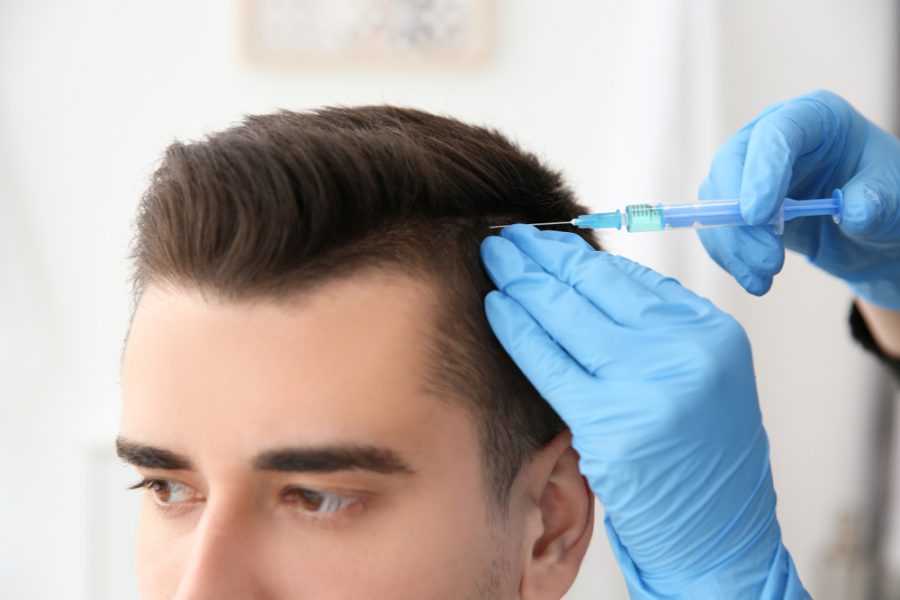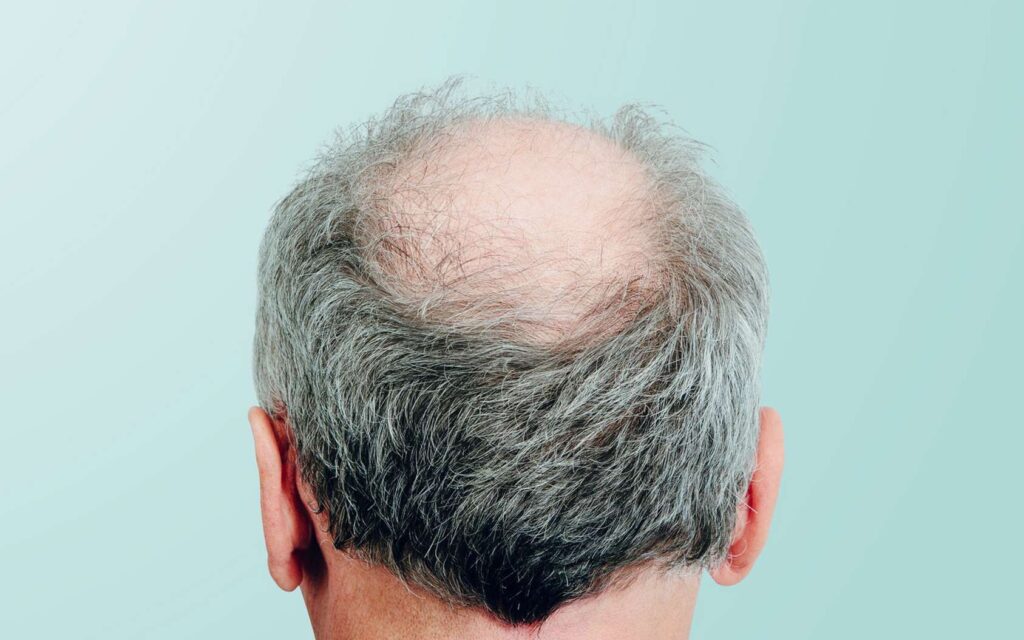
Hair transplants are often seen as a permanent solution to hair loss, but the reality is that not every procedure yields the desired results. Whether you’re a transgender individual seeking to enhance your appearance during gender transition or a cisgender person looking to restore a full head of hair, understanding why hair transplants sometimes fail can help you make informed decisions. In this post, we’ll explore the various reasons hair transplants might not succeed, without focusing on any specific method.
İçindekiler
1. Poor Candidate Selection
One of the most common reasons for hair transplant failure is poor candidate selection. Not everyone is an ideal candidate for this procedure. Factors such as the extent of hair loss, hair type, and overall health can significantly impact the success of a transplant.
- Insufficient Donor Hair: If there isn’t enough healthy hair in the donor area, it can be challenging to achieve satisfactory results.
- Hair Type and Texture: Curly or fine hair might be more difficult to transplant effectively, leading to less natural-looking results.
- Health Conditions: Medical conditions like uncontrolled diabetes or autoimmune diseases can interfere with healing and hair growth.
2. Unrealistic Expectations
Expectations play a crucial role in the perceived success of a hair transplant. Some patients expect a full, dense head of hair, which may not always be achievable, especially in cases of advanced hair loss.
- Density Issues: A hair transplant can redistribute hair but might not restore the same density as your original hairline.
- Hair Growth Cycle: Hair takes time to grow, and it’s essential to understand that final results may not be visible for up to a year.
- Natural Limits: The transplanted hair can only cover so much area; over-expectations can lead to disappointment.
3. Surgical Errors
The skill and experience of the surgeon are critical to the success of a hair transplant. Errors during the procedure can lead to poor outcomes, including unnatural hairlines or failed grafts.
- Improper Graft Placement: If the grafts are not placed correctly, the hair may grow in an unnatural direction or fail to grow altogether.
- Overharvesting: Taking too many grafts from the donor area can cause visible thinning in the donor area and reduce the quality of the transplant.
- Infection and Scarring: Poor surgical technique can lead to infections or excessive scarring, both of which can compromise the results.
4. Poor Post-Operative Care
Aftercare is just as important as the procedure itself. Neglecting post-operative instructions can significantly increase the chances of hair transplant failure.
- Infection Risk: Failure to keep the scalp clean and protected can lead to infections that damage the grafts.
- Physical Trauma: Activities like heavy lifting, or even wearing tight hats, can dislodge grafts in the critical healing phase.
- Poor Diet: Nutritional deficiencies can impede hair growth and healing, making it crucial to follow dietary recommendations after surgery.
5. Graft Rejection
Although rare, graft rejection can occur when the body’s immune system attacks the transplanted hair follicles, leading to failure.
- Autoimmune Disorders: Conditions like alopecia areata can cause the immune system to reject the transplanted hair.
- Allergic Reactions: In some cases, patients may have allergic reactions to the anesthesia or other medications used during the procedure, complicating recovery.
- Environmental Factors: External factors like extreme temperatures or pollution can also contribute to graft rejection.
6. Inadequate Blood Supply
For transplanted hair to thrive, it requires a robust blood supply to deliver essential nutrients. If the scalp’s blood supply is compromised, the transplanted hair may fail to grow.
- Scalp Tightness: In cases where the scalp is too tight, it may be difficult for blood vessels to adequately nourish the grafts.
- Smoking: Smoking reduces blood circulation, which can hinder the success of a hair transplant.
- Pre-Existing Conditions: Conditions like cardiovascular disease can affect blood flow to the scalp, reducing the chances of graft survival.
7. Shock Loss
Shock loss refers to the shedding of hair after a transplant, including both transplanted and existing hair. While often temporary, it can be distressing and may sometimes result in permanent loss.
- Trauma from Surgery: The trauma from the surgical procedure can cause hair follicles to enter a resting phase, leading to temporary shedding.
- Underlying Health Issues: Hormonal imbalances or stress can exacerbate shock loss, leading to less favorable outcomes.
- Inadequate Preparation: Not preparing the scalp adequately before surgery can increase the risk of shock loss.
Minimizing the Risk of Hair Transplant Failure
Hair transplants can be a life-changing procedure, especially for those looking to align their appearance with their gender identity or restore lost hair. However, the success of the procedure depends on various factors, from selecting the right candidate to ensuring proper aftercare. At our health center, we provide comprehensive consultations to assess your suitability for hair transplant and guide you through every step of the process to minimize the risk of failure. Understanding the potential pitfalls can help you make a more informed decision and increase the chances of achieving the results you desire.


